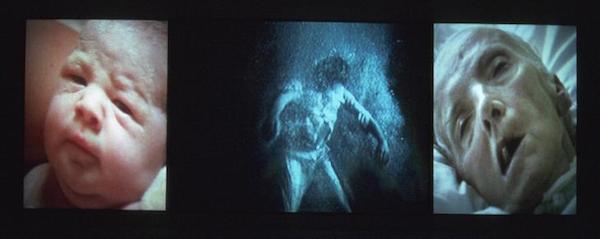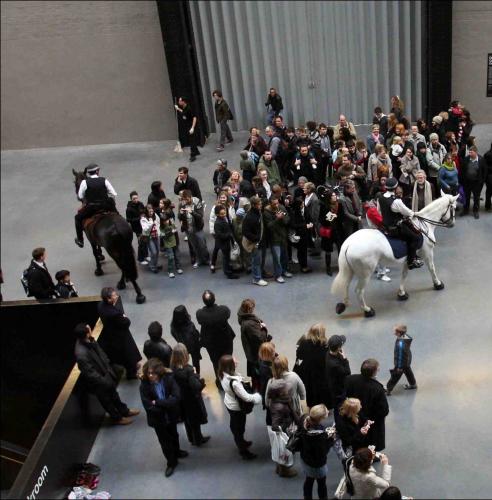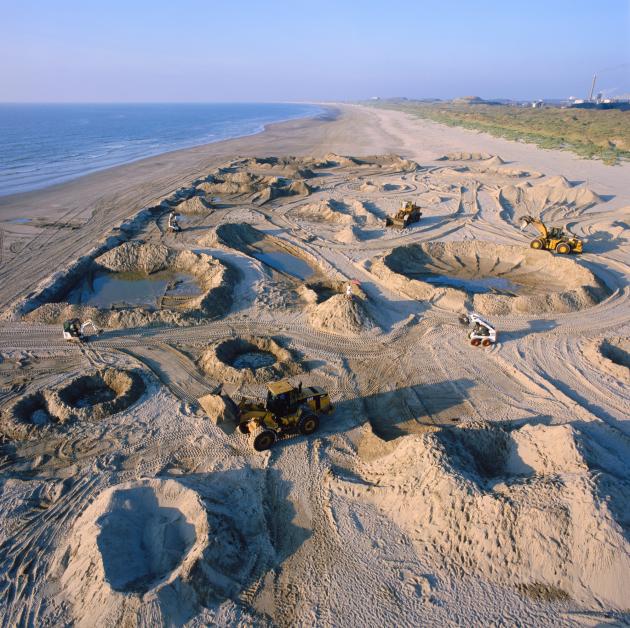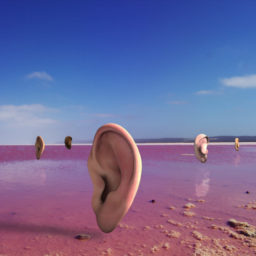
Richard Serra, Joan Joanas, Anxious Automation (Version 1) (1971)
Photo: via zkm.de
Opening Media in Transition, a conference on new media and time-based art held last week at Tate Modern, director Nicholas Serota noted that institutions responsible for showing such works faced complex issues. Primary among them was an “an element of redundancy” implicit in working with evolving technologies.
Serota was joined, over the three days of the conference, by voices from all sectors of the field, headed up by Tate’s own head of collection care research, Pip Laurenson. Laurenson kicked off the debate with the question of whether new media works should be “cherished”—protected like relics of their era in the formats they were created in—or be allowed to “flourish” and take on an evolving life that would adapt to new formats, platforms, and means of access.
Conservators, research associates, curators, museum directors, artists of many flavours, and even a philosopher of the senses all weighed in with their two penny’s worth, and threw out issues aplenty as they did so.

Sam Taylor-Johnson Brontosaurus (1994)
Photo: courtesy White Cube
Evolving technology
Conference icebreakers don’t get much better than a triple projection of Sam Taylor-Johnson’s Brontosaurus, an intimate 1994 video work portraying a man dancing naked, his ecstatically gurning face and the helicoptering of his penis captured in languorous slow motion. The oldest, most cumbersome of the projectors produced an image, much like the dancer, that was warm and fuzzy; the second was a portable improvement on the first projector, but showed the image tinged green; the third was a contemporary digital projector that according to its presets maximized the sharpness and visibility of the image, rendering the scene hard-edged and somewhat clinical. Yes, it’s easier to show a work on digital, but a “better” image isn’t necessarily better for the art.
The New Media archive
Perhaps one of the most shocking issues to emerge during the conference was mentioned in passing by Rudolf Frieling, curator of Media Arts at SFMoMa who described the “typical predicament of media art curators… that you’re responsible for works you’ve never seen.” Works stored on hard drives, videocassettes, film reels or even as sets of instructions do not assert themselves, and as personnel change at an art institution it is dangerously easy for them to slip out of memory.

Bill Viola Nantes Triptych (1992)
Photo: courtesy the Tate
What is the Work?
Frieling also spoke about his experience of working with Julia Scher on restaging her work Predictive Engineering, first shown at the museum in 1993. A work that combined real-time and fantastical surveillance footage of the museum space itself, alongside motion responsive audio, Scher has radically updated Predictive Engineering in each of its subsequent showings in line with technology and surveillance culture.
Beyond the hours of surveillance footage generated by the work itself at each showing, what was it, precisely that the museum owned? “The museum carries the DNA of the work,” decided Scher, who sees each updated showing as the offspring of that which came before.

Tania Bruguera Tatlin’s Whisper #5 (2008)
Photo: via taniabruguera.com
Changing Circumstances
Scher also touched on the impact of unpredictable cultural change on the way a work was read, and how fast contemporary art could stop feeling ‘contemporary’: “In 1993, if you said the word surveillance, nobody knew what you were talking about.” Tate Research Associate Jonah Westerman brought up a more extreme example with Tania Bruguera’s Tatlin’s Whisper #5 (2008), in which two members of London’s police force enter Tate on horseback unannounced and perform crowd control tactics on visitors. This is a work of art “composed of people’s reaction to it”—what Tate owns are certain strictures, including one of wider context (it should be performed at a time of plausible societal unrest), and the insistence on real mounted police. As Westerman pointed out, Tate’s ability to exhibit Tatlin’s Whisper #5 depended to a decisive extent on the museum’s current head of security and his solid relationship with the local fuzz.

Aleksandra Mir First Woman on the Moon (1999)
Photo: courtesy aleksandramir.info
Do you Change with the Times?
When Aleksandra Mir made First Woman on the Moon in 1999 she did so on “zero budget,” using “seven different camera formats and edited by a first year film student… Little did I know this would be my most successful work.” When Tate proposed installing the work for a year, Mir took the opportunity to work with the conservation team to adjust flaws in its colour and errors in the credits.
Or stay True to the Original Format?
Runa Islam’s own economy of means drew her to use film—a medium that is now both a “revered art form and an outdated relic” as she put it. Islam (who has also used video) feels invested in the cultural context of her film use and appreciates the physicality of the medium, using its particular qualities to specific effect in works such Stare Out (Blink), (1998) which deploys negative footage and blank projection to generate a “positive” afterimage.

Runa Islam First Day of Spring (2005)
Photo: courtesy White Cube
The hardware, too, influenced her actual film-making process when making works such as First Day of Spring (2005). While she wanted her work to be accessible to view, her use of film and her experience of the closure of the film labs in London informed the work she made.
Access
Both Islam and fellow keynote speaker Hito Steyerl flagged up the issue of access—what was the point in a work being kept safe if it was out of sight? Problems of changing technology and the vexed question of how to stay “true” to a work only exacerbated the issue, as did issues of scale and space. Kira Perov, the executive director of Bill Viola’s studio, pointed out that of the 240 works in Viola’s archive very few were ever shown—even his Grand Palais retrospective only showed 20. “What is threatened is public access,” said Perov. “Collections are not rotated enough, works spend years in storage, the pieces are only seen as a still image – the true intent of the artist is completely lost.”














